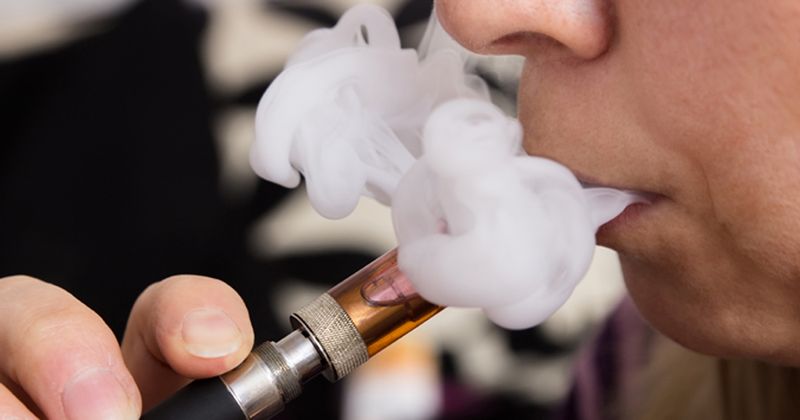Full pulmonary function tests important to determine spectrum of vaping-related lung injury
Full pulmonary function tests contribute useful diagnostic information for evaluating patients with vaping-related lung injury, according to a speaker at the American Thoracic Society International Conference.
“E-cigarette and vaping-associated lung injury (EVALI) is a diagnosis of exclusion, and the most important factor in determining if a patient may have EVALI, according to the CDC, is asking about recent vape or e-cigarette use,” Eleanor D. Muise, MD, pediatric pulmonology fellow in the division of pulmonary medicine at Boston Children’s Hospital, said during a presentation at the ATS International Conference. “Pulmonary function testing is notably absent within the diagnostic criteria for EVALI. We report here the initial pulmonary function testing data for adolescent and young adult patients who presented with vaping history and respiratory symptoms.”

Researchers evaluated 77 adolescents and young adults (mean age, 17 years; 76.6% male) referred for evaluation who had a history of vaping and completed full pulmonary function tests. One-third of patients with asthma, 93.5% reported vaping both nicotine and marijuana, and 46.8% met criteria for EVALI or probable EVALI within the setting of infection. More than half (55%) of patients had an abnormal pulmonary function test, Muise said.
Forty-one percent of pulmonary function tests demonstrated obstruction on spirometry using ATS guidelines, 19% demonstrated decreased diffusing capacity for carbon monoxide or the diffusion coefficient, and 17% of 6-minute walk tests captured hypoxia. Researchers followed patients with repeat tests after acute illness; these tests showed improvement in FEV1 (P = .008) and FVC percent predicted (P = .017). In addition, those with EVALI had significant hypoxia compared with those without EVALI (P = .02).
“Including full pulmonary function tests in the evaluation of patients for vaping-related lung injury contributes useful diagnostic information — specifically, the statistically significant hypoxia identified in our cohort of patients with EVALI suggests that 6-minute walk test could be incorporated into the diagnostic criteria for EVALI.
“Additionally, the significant improvement in both FEV1 and FVC percent predicted over time from initial presentation suggested objective measure of improvement and possible marker for recovery from vaping-related lung injury. Our results suggest the pulmonary function tests, including spirometry, lung volumes diffusing capacity and 6-minute walk test, are important in determining the spectrum of lung injury related to vaping,” Muise said.

